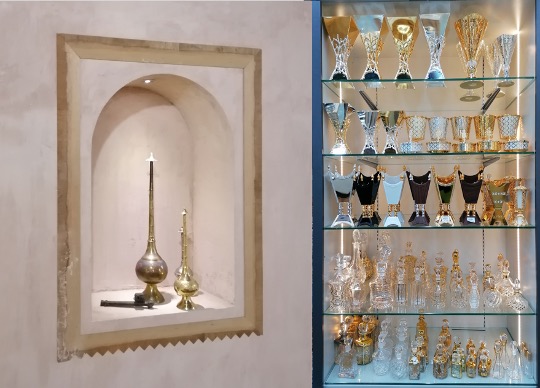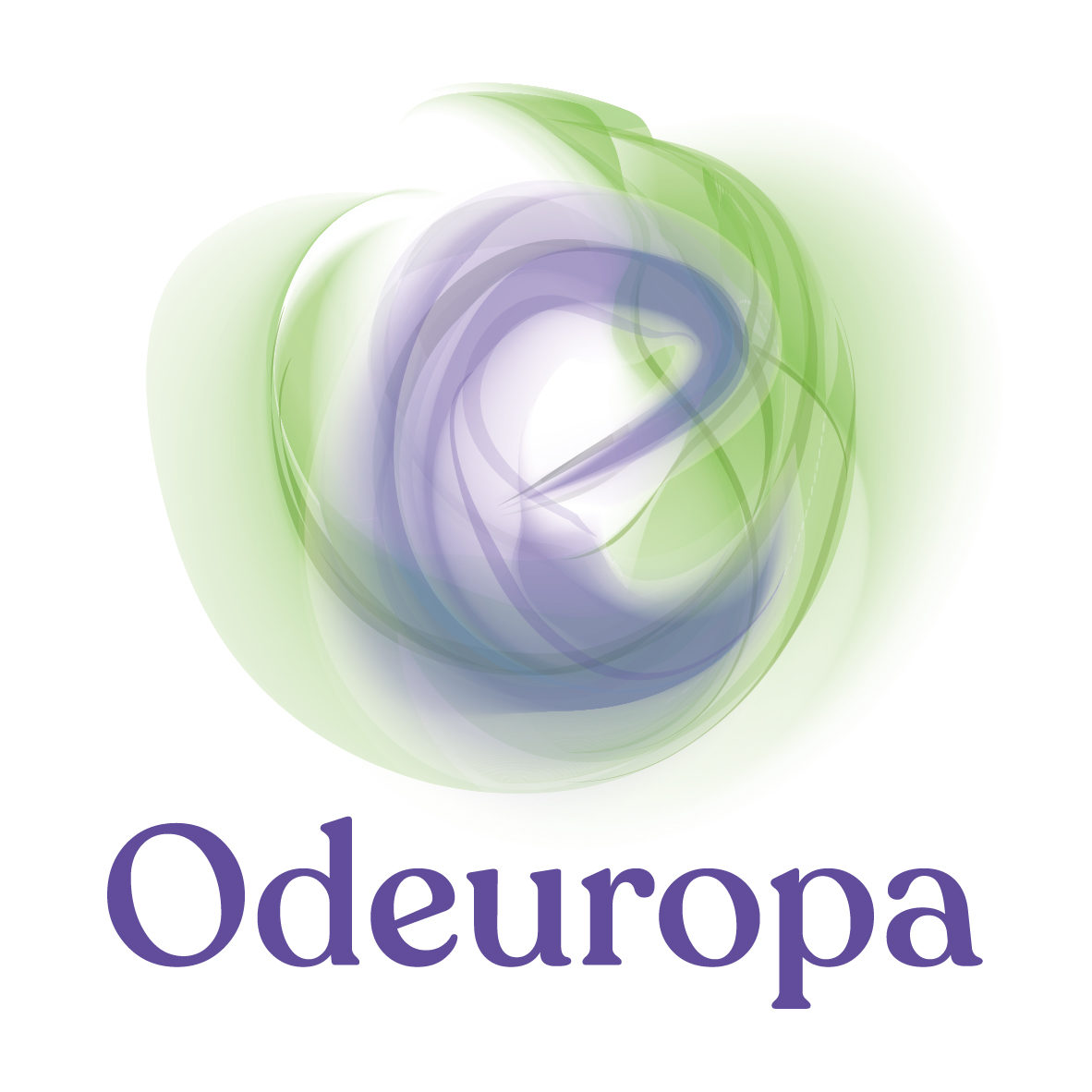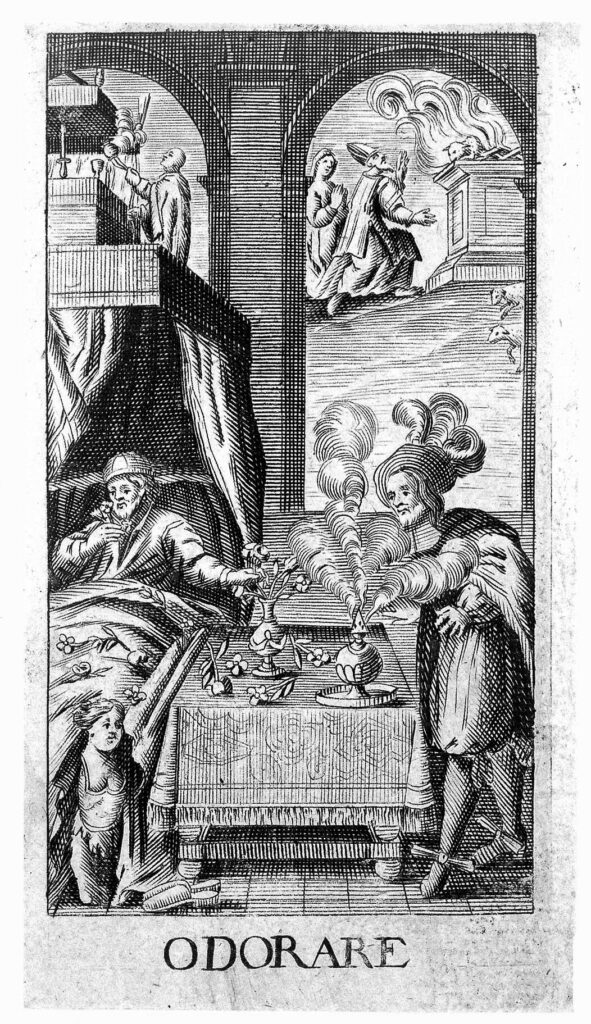SCENT CULTURE ALERT: Live perfume sampling and incense burning with Francesca Bacci in Amsterdam
On February 13th, 2023, in collaboration with art historian, professor and curator Caro Verbeek, the Odeuropa project will organize a smell talk by Professor Francesca Bacci titled, Making Space for Smells: Considerations on Exhibiting the Intangible in the U.A.E. The talk will be available to watch online and in-person (NIAS Korte Spinhuissteeg 3, Amsterdam, Netherlands). Zoom link and all practical information below. We hope to see you there!
Talk Title: Making Space for Smells: Considerations on Exhibiting the Intangible in the U.A.E.
Within the UAE’s cultural strategies, the codification of perfume as an element connected to local heritage and national identity is emerging. This paper considers how perfume exhibitions construct the conceptual space of national storytelling through case studies, such as Louvre (Abu Dhabi), Perfume House (Dubai), and Oman pavilion (Expo 2020).

About the Speaker: Francesca Bacci is Associate Professor and Chair of Arts at Zayed University, Abu Dhabi, and an inter-disciplinary curator specializing in multisensory and contemporary art. Her Fulbright-funded Ph.D. is from Rutgers University. She has taught at Oxford, Harvard and Rutgers University. She co-wrote “Art and the Senses” (Oxford University Press, 2011).
Date: February 13th
Time: 15.30 – 17:00
Location: Oudezijds Achterburgwal; 185 Room 2.18
Organized by Caro Verbeek (Vrije Universiteit) and Inger Leemans (Meertens Instituut KNAW)
No need to sign up, just come by or join via Zoom (odourless option)
Zoom Link:
https://vu-live.zoom.us/j/98442215362?pwd=L2dQcEFPZjZDKzJHNlpLbWFESlQ0UT09
Meeting ID: 984 4221 5362
Passcode: 679634

